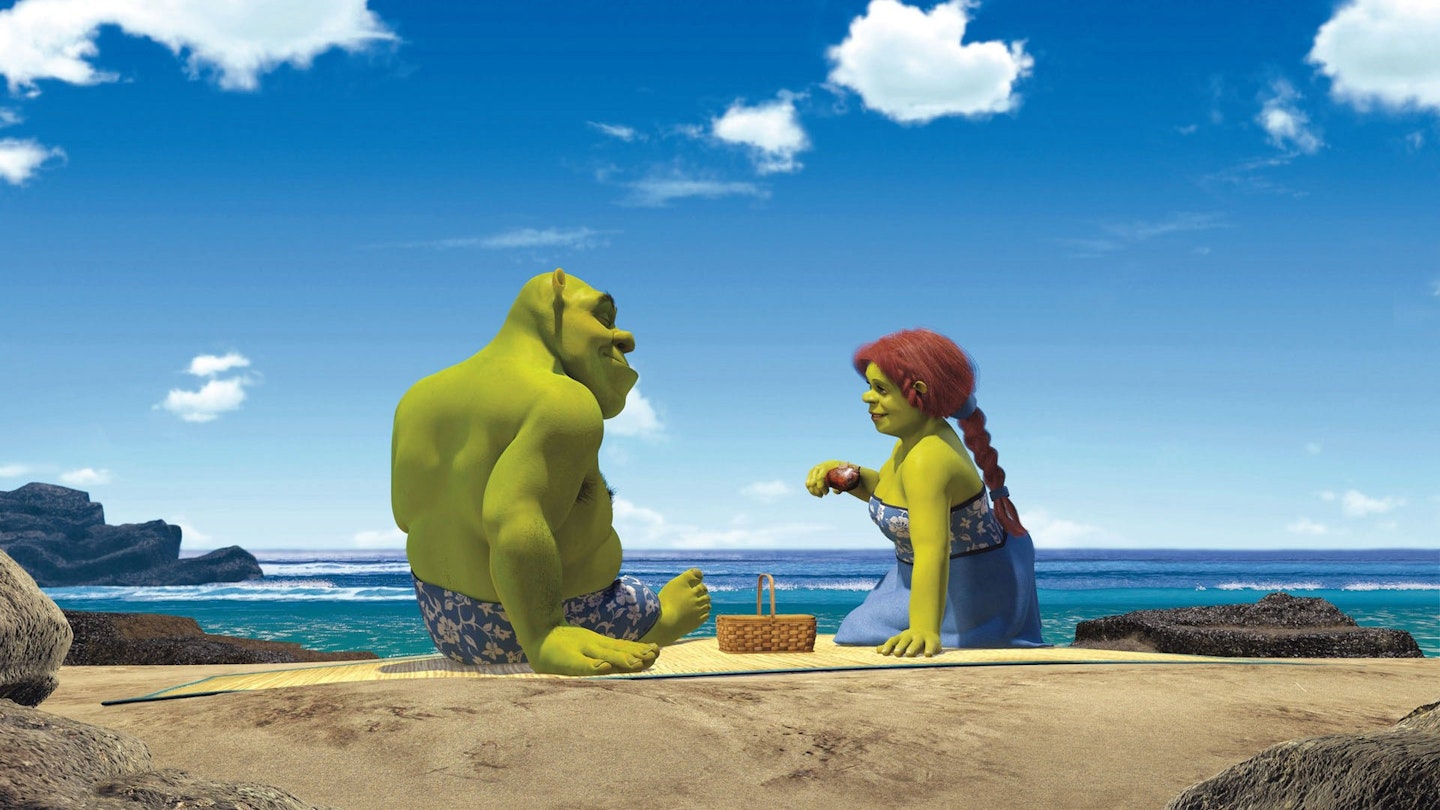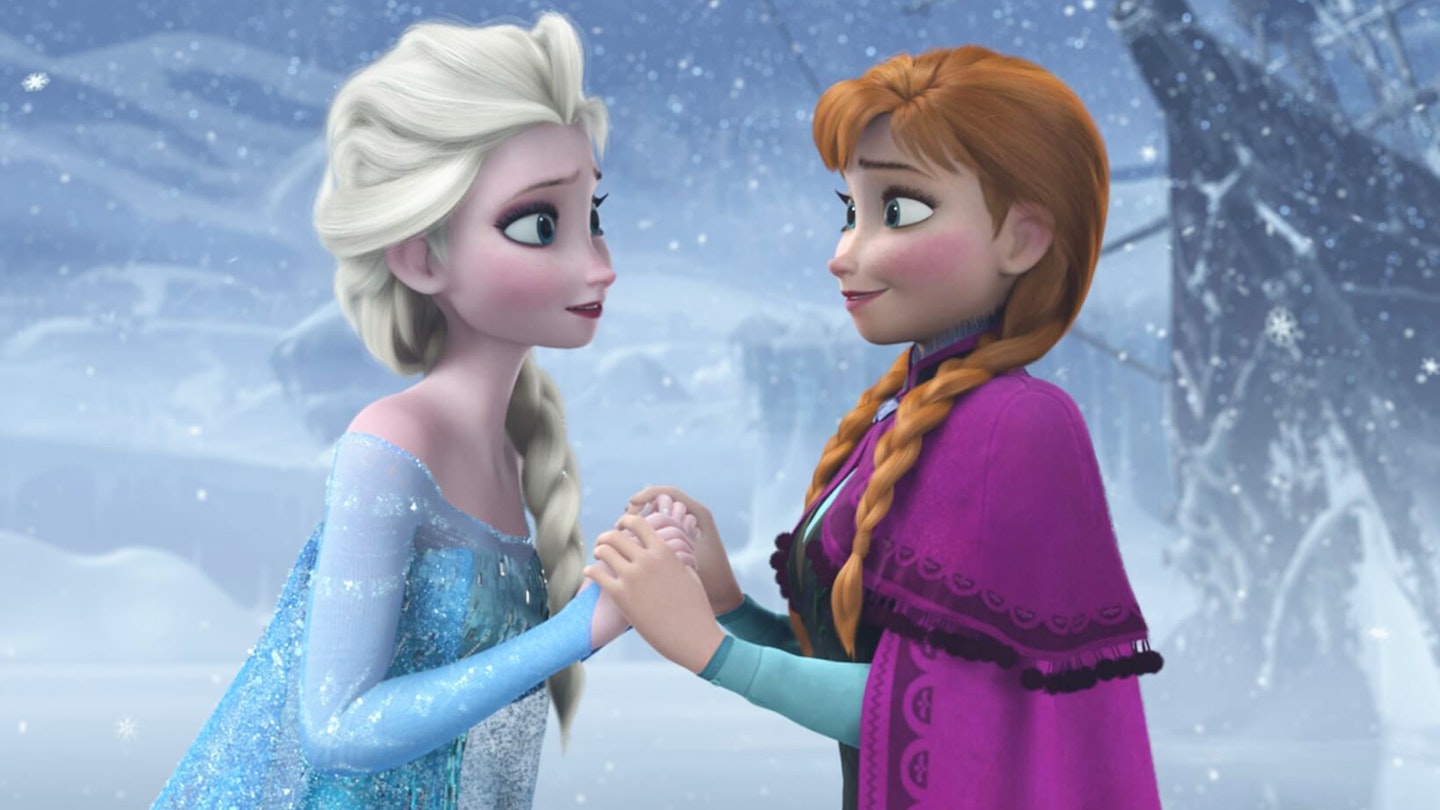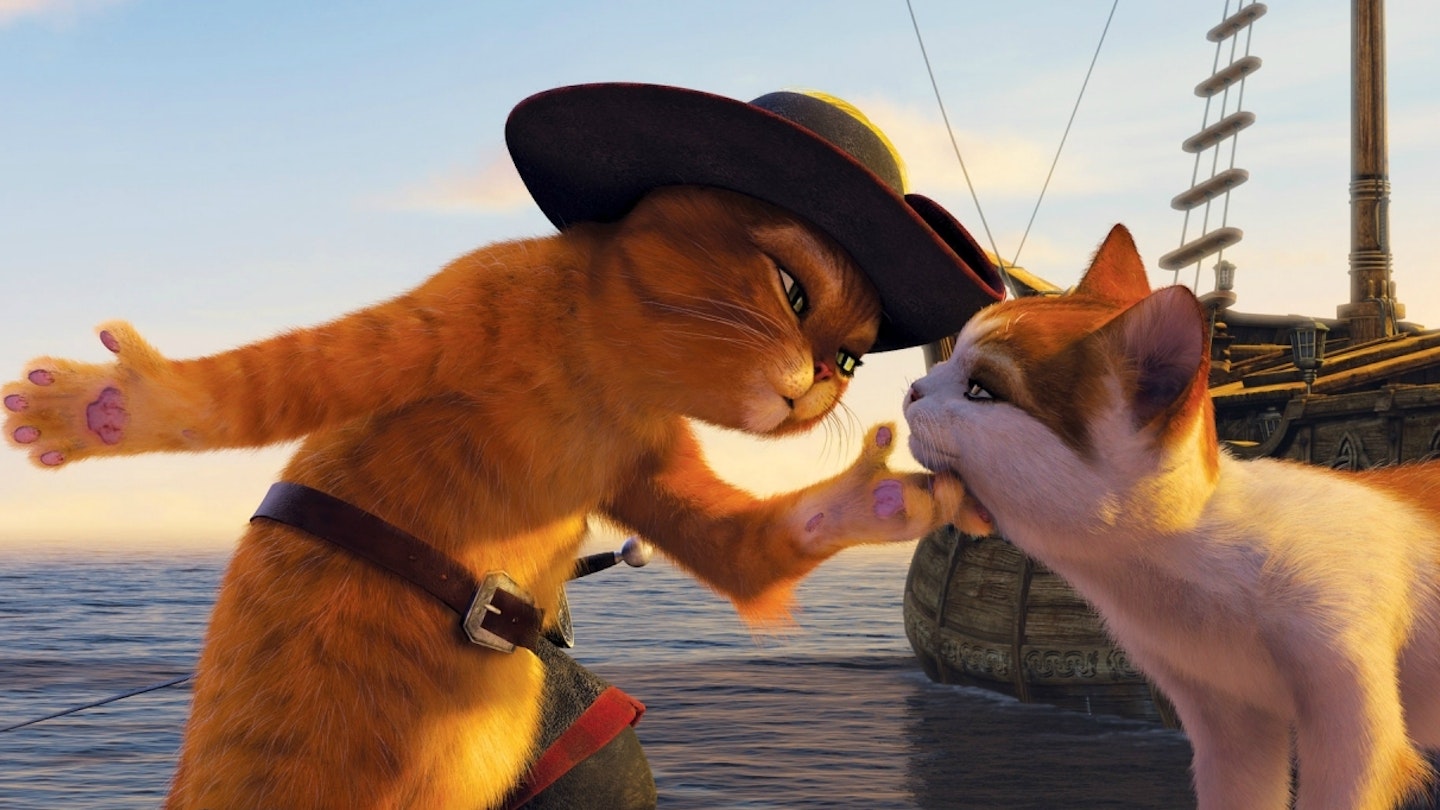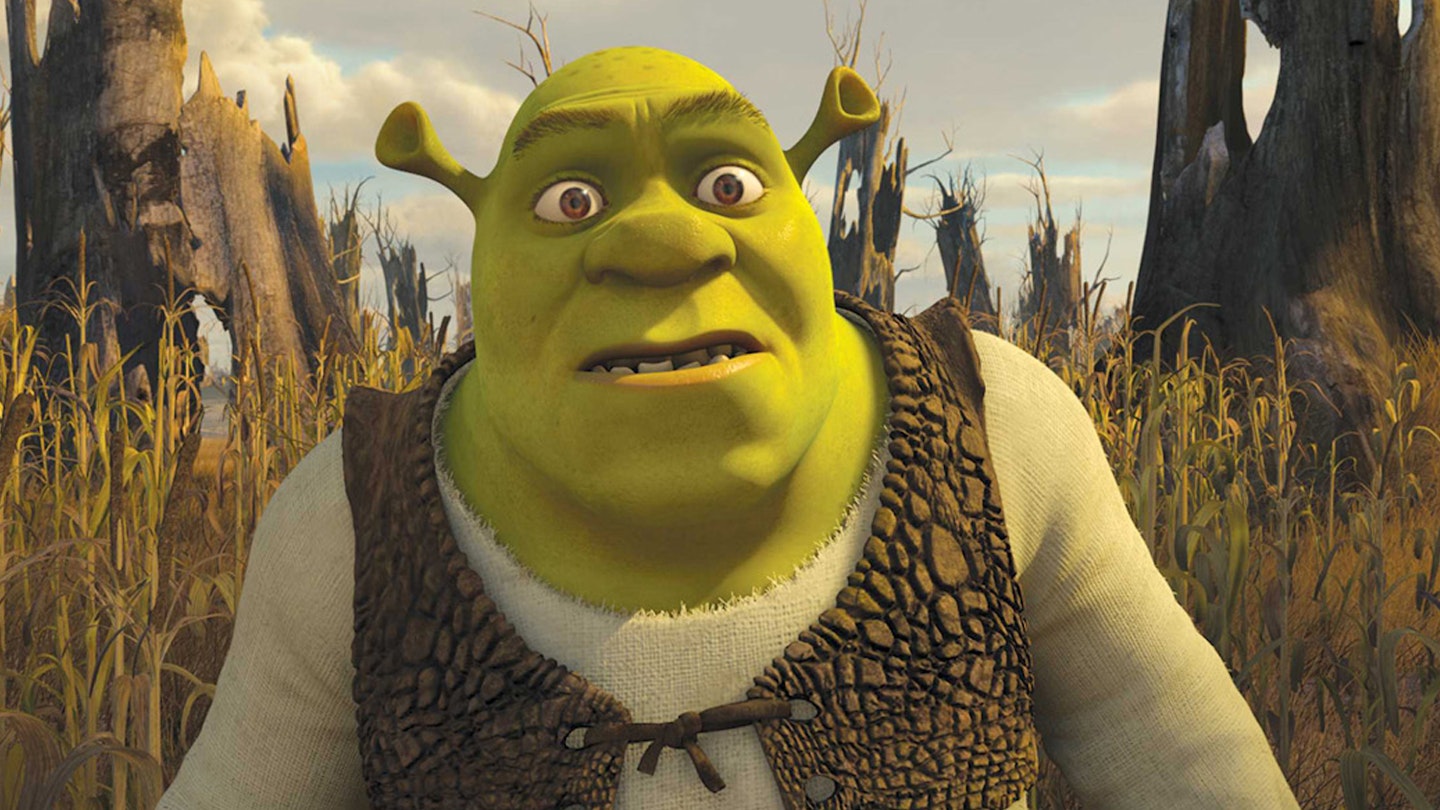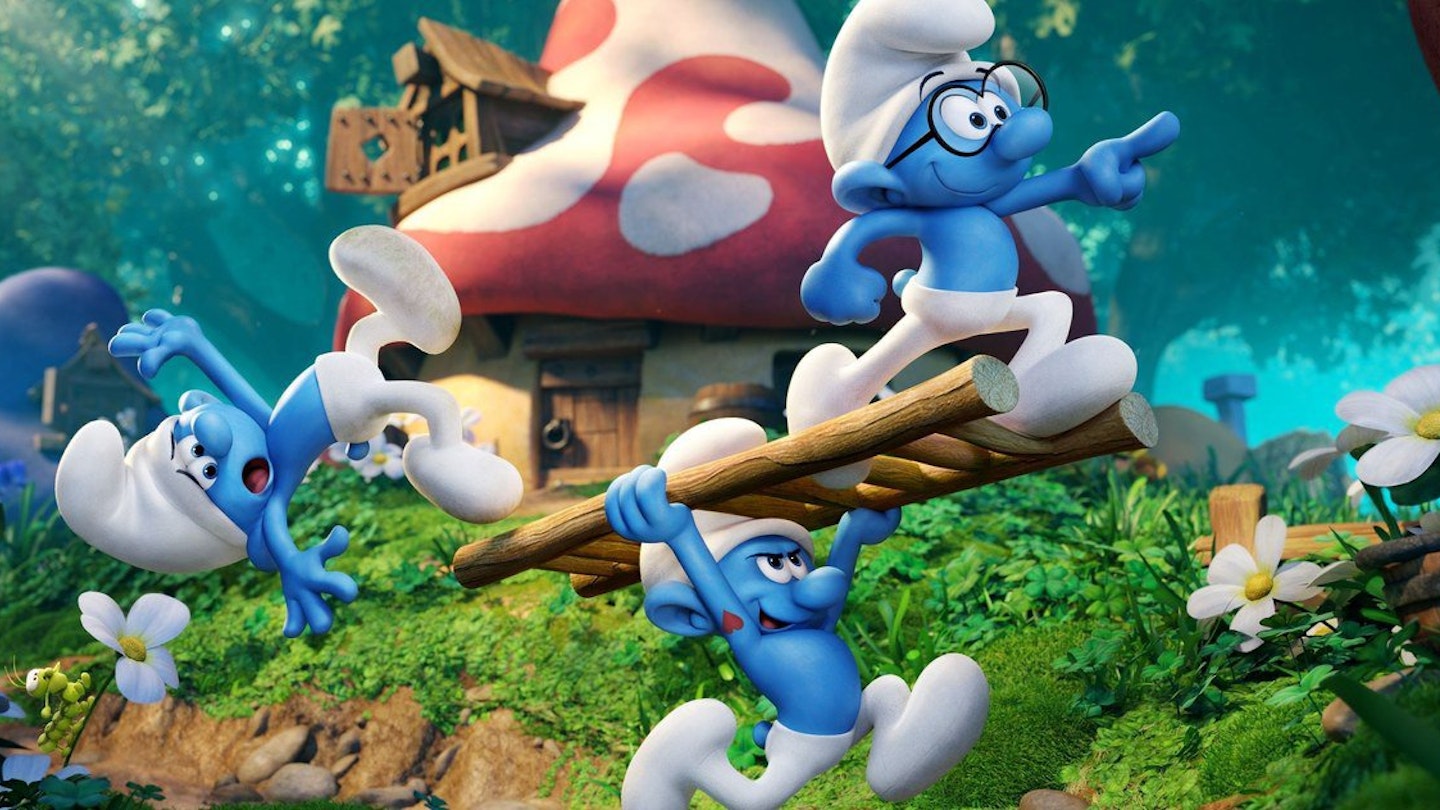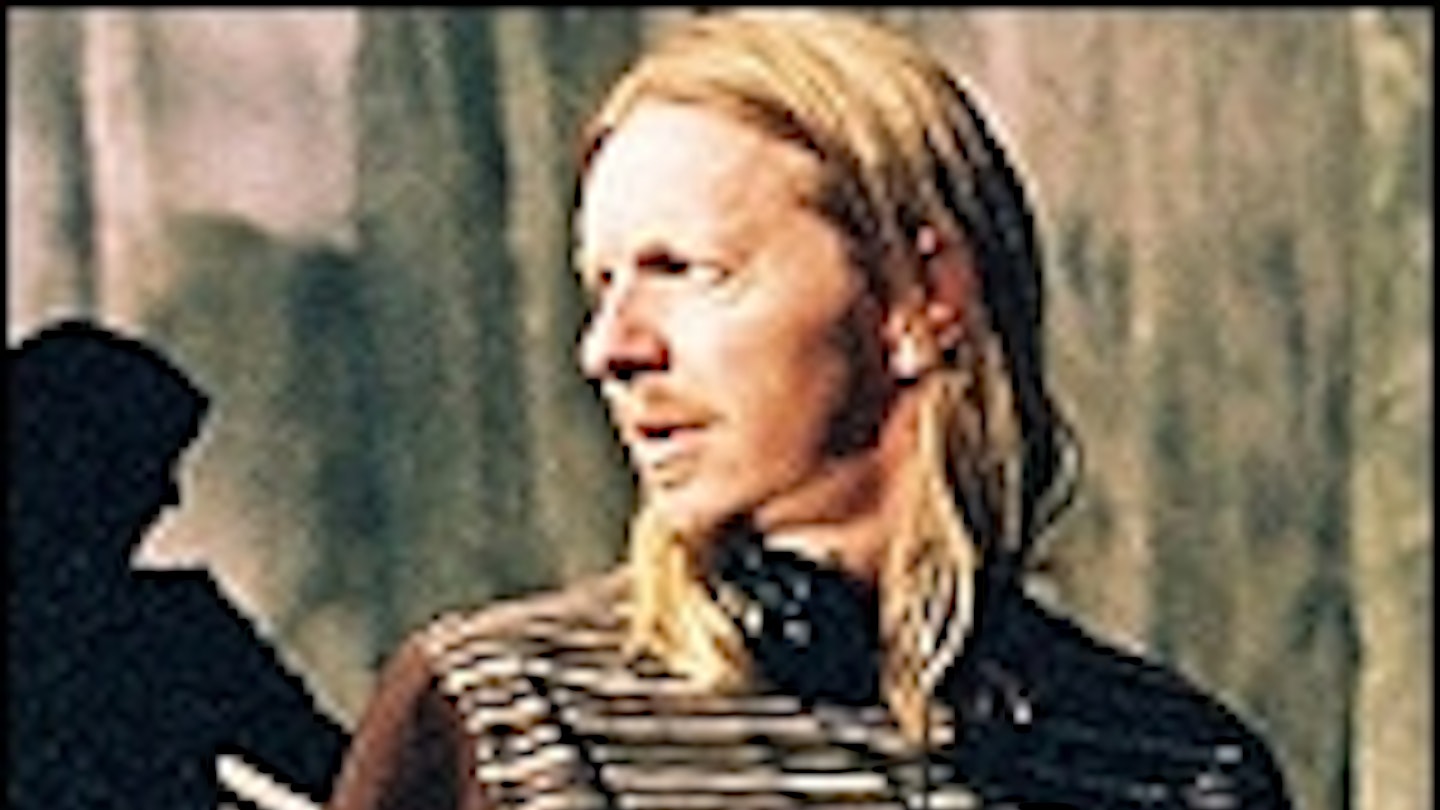When Shrek Meets The Parents the question is simple: is it as resoundingly good as our first encounter with the loveable green giant, or is it even better? No and yes. In its execution of the tale of a determinedly antisocial ogre, Shrek (2001) was so disarmingly original that it astonished.
That dropped-jaw reaction is probably impossible to incite again, but clearly Shrek 2 can’t really lose. Already the monster hit of America’s blockbuster season, it’s utterly likeable and consistently, hugely funny. And yet we could wish it had taken some risks. The genius of Shrek was in its subversion of fairy tales and its cheeky mickey-take of Disney’s strictly sweet, clean magical kingdom. Shrek 2 spoofs celebrity and the cult of beauty, but the satirical edge is so blunted it’s as dangerous as a plastic picnic knife.
On arrival in Far Far Away (distinctly like Hollywood and its ritzy neighbours) we gather from the designer shops (the likes of Versarchery) and the mansions that this is where the rich and famous and power elite of the fairy tale world reside. But sadly we don’t encounter many of them or get a taste of the politics of the place. It’s all carefully inoffensive in its cuteness, even in its few cheerful vulgarities. This popular-culture-plundering sequel is more a straight, if fractured, fairy tale — one in which the Fairy Godmother is evil, the handsome prince is a vain jerk, and Pinocchio wears women’s underwear — that doesn’t get under characters’ skins. All the plot worries about is whether Fiona and Shrek want to be themselves or want to be pretty, and whether Shrek can kick conniving in-law butt. Since he fought a dragon in the original movie, what’s a hostile daddy and a hex or two? Once again the moral is that handsome is as handsome does, blah blah blah.
The opening honeymoon montage is like a pop promo, while Prince Charming (Rupert Everett’s petulant tones amusingly at odds with his blonde beach god visage) swaggers into the dragon’s castle to learn he’s too late to claim the princess. This blow, and the subsequent royal summons, trigger the anti-ogre machinations.
Fortunately Donkey has insisted on coming along for the ride, since Eddie Murphy’s comic riffing is still a highlight. Julie Andrews and John Cleese as Queen and King and Jennifer Saunders’ Fairy Godmother are all fun, but things really take off with the enlistment in Team Shrek of Zorro-esque feline assassin Puss-In-Boots (over jealous Donkey’s objections that he’s the “annoying talking animal”) .
El gato is BRILLIANT, in animation, in a running gag that brings the house down, and in the voice performance of Antonio Banderas. You’ve also got to love the hook-handed pirate pianist, voiced on separate numbers by Tom Waits and Nick Cave. In the Overegging The Pudding Department: while they were replacing American celeb voices (Larry King, Joan Rivers) with UK ‘personalities’ (Jonathan Ross, Kate Thornton) for our release, they might have done us a kindness and lost a lame retro pop tune or two.
Technically, Pacific Data Images/DreamWorks’ upgrade to their facial animation system, their innovative lighting softwear breakthrough — the “bounce shade” — and their DCC (Dynamic Crowd Character) programme advance 3-D CGI artistry and photorealism beyond even Shrek and Pixar’s gems.
Happily Ever After may not come in a bottle, but state-of-the-art wizardry apparently comes in a Hewlett Packard. And it remains hilarious throughout, with too many frantically funny film lampoons — Raiders Of The Lost Ark, Spider-Man, LOTR, Ghostbusters, Flashdance, Disney’s catalogue — to take in at one viewing. So, a classic that wittily reflects the human condition? No. A Friday night laugh riot? Resoundingly, yes.
